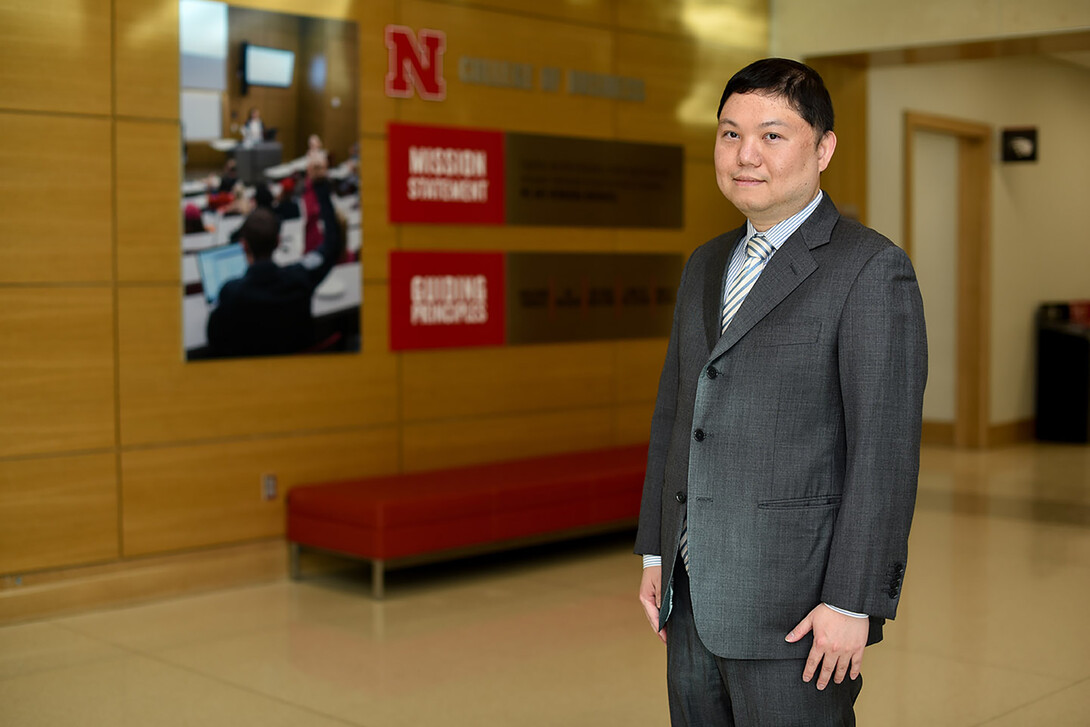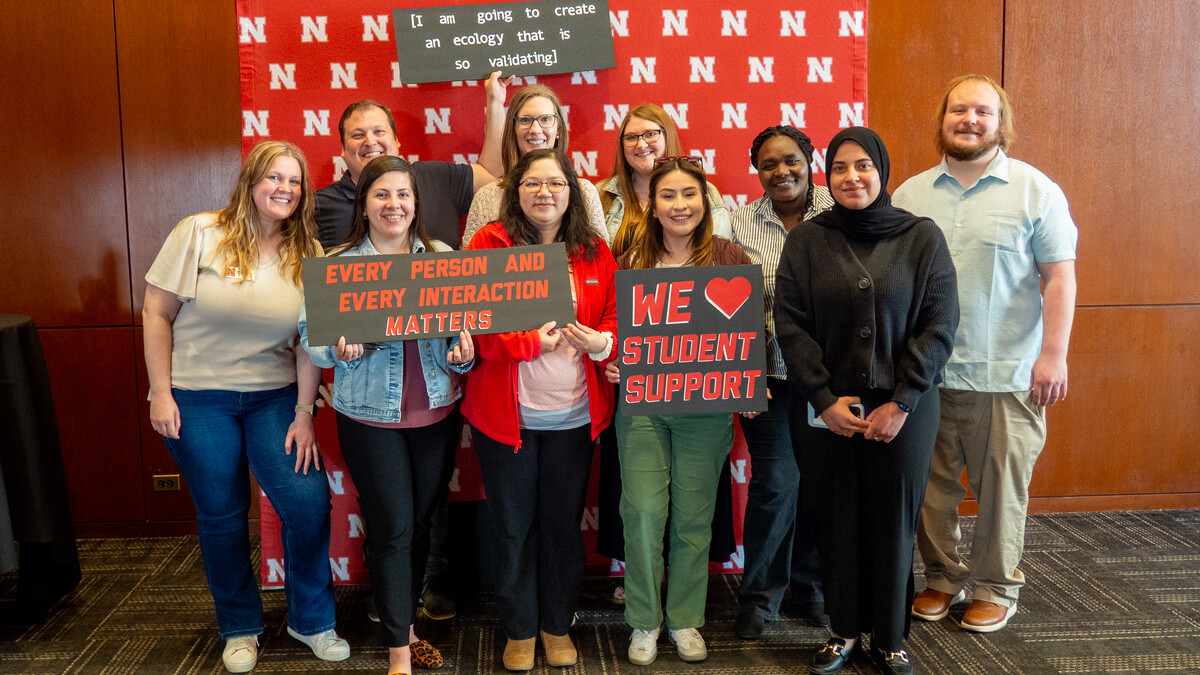
Everyone knows the frustration of not having the right change to complete a purchase.
Yunxia (Peter) Zhu, assistant professor of supply chain management and business analytics in the College of Business, believes his research exploring the supply chain of currency may contain solutions to a situation made worse by the COVID-19 pandemic.
“At the beginning of the pandemic, consumers were faced with shortages in toilet paper and other products,” said Zhu, who came to the University of Nebraska–Lincoln in 2018. “For these products, the flow in the supply chain is only one direction — manufacturers produce products and then retailers sell those products to customers.”
Zhu explained the supply chain for currency gets more complicated. Although coins from U.S. Mints in Philadelphia and Denver still travel in one direction to commercial banks and then to retailers, ultimately 95 percent of coins get into circulation, traveling from banks to customers to retailers and back to the banks. The coin circulation process creates a multidimensional supply chain.
“Due to COVID-19, customers are avoiding coins and prefer to use contactless payment methods. Unlike dollar bills, when we’re talking about coins and smaller denominations, consumers are less likely to carry them when they go shopping. Coins are often left in the house or car. Then all those coins get lost in the circulation chain. That’s the main reason for coin shortages right now,” said Zhu.
The pandemic caused an additional problem with a drop in coin production. Zhu believes reduced production capacity caused by social distancing and a lessened workforce at U.S. Mints made shortages more severe.
“The federal reserve uses forecasting models to predict how many coins will be needed, but it was very difficult to predict the impact of COVID-19 three or six months ago. It’s a one-time event no one can predict perfectly,” he said.
To deal with coin shortages over the long term, Zhu’s paper “A Framework for Analyzing the U.S. Coin Supply Chain,” accepted for publication by Production and Operations Management, studies strategies that could lessen problems in the supply chain, while simultaneously saving the U.S. government millions of dollars each year. His solution targets the humblest coin of them all — the penny.
“In the paper, we look at things from the point of view of the Federal Reserve. The objective is to minimize total costs while providing coins to society. It costs about two cents to produce one penny, so we are losing money producing those coins. Many countries such as Canada phased out production of the penny,” he said.
According to Zhu, with the penny eliminated from circulation, resources at U.S. Mints could be put toward more valuable denominations of coinage. It could also facilitate the issue of needing to find that elusive penny when trying to make exact change.
“When customers pay cash, the idea is to round the amount. So if the cost is $1.01 or $1.02, you pay $1. If the price is $1.03 or $1.04, you pay $1.05. It saves Canada about $20 million each year,” he said.
Jennifer Ryan, Ron and Carol Cope Professor of Supply Chain Management and Analytics and department chair, praised Zhu for his work helping to improve efficiency and availability of a fundamental component of the economy.
“Consumers rarely worry about the availability of coins and bills,” Ryan said. “They are typically plentiful so we take them for granted. The pandemic has shown how fragile supply chains of all types can be — whether medical equipment, food or currency. That’s why it’s important to have experts conducting research on diverse industries and products, so we can be ready to respond and provide advice when these supply chains are disrupted, to help get them back up and running again.”
Zhu pointed to retailers and consumers to be part of the solution. He noted the use of loyalty cards as a means of transferring remainders from purchases to be used at a later date, or simply asking customers to donate the extra pennies to local charities.
“It’s not a big deal to be short a penny, but if they start being short quarters, customers might not be as happy. They should focus more on producing quarters and dimes especially during a time like this pandemic. However, that’s not an easy fix as they would have to go through Congress, similar to what other countries have done,” he said.
If those changes are still not enough, Zhu made one more suggestion that just might do the trick.
“If your piggy bank is full, now would be a good time to start emptying them out,” he said.







